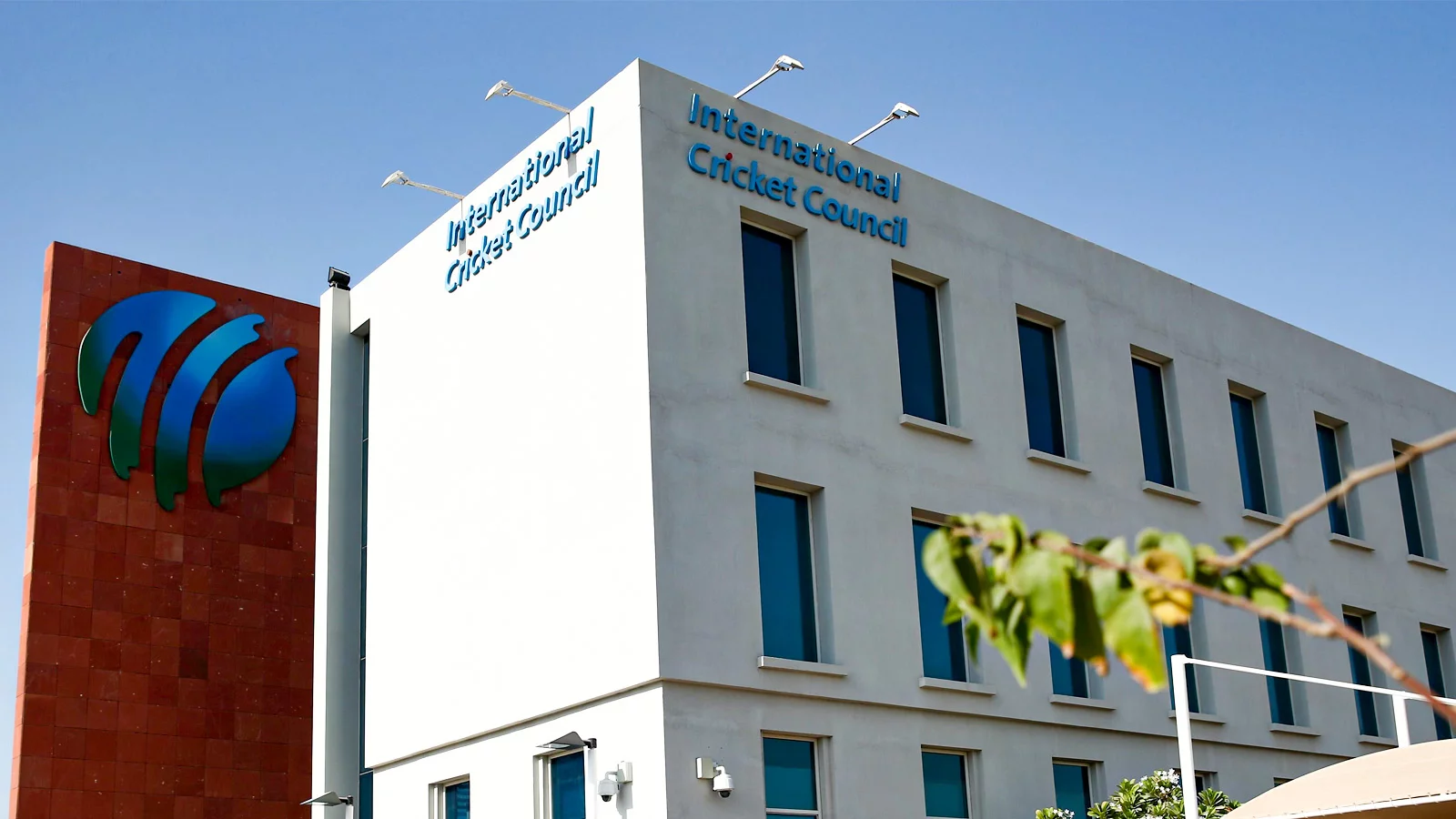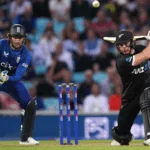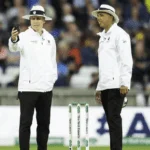Cricket has seen many new rules come in line with the times. Every year, the International Cricket Council (ICC) introduces new rules, sometimes tweaking the old ones to bring freshness. Even this year hasn’t been an exception with new rules like the “stop clock,” separate reviews for stamping and catch-outs.
Stop Clock:
During a match, after the completion of an over, there will be a 60-second interval, within which the new over’s bowling must commence. If the fielding team delays this process or repeats such delays, they will be penalized. Due to the time taken to set up the bowling, the batting team will receive a bonus of 5 runs on their scorecard. ICC is set to introduce the “stop clock” method in both One Day Internationals (ODIs) and Twenty20 matches until April of the coming year.
Separate Reviews for Stumping and Catch-outs:
Previously, the wicketkeepers enjoyed the privilege of applying for both stumping and catch-outs simultaneously. Especially in the case of Australia, this trend was quite prevalent. However, ICC has now introduced a change. According to the new rule, the opportunity to apply for both stumping and catch-outs simultaneously is no longer available. If an application is made, it can only be for one of them. Thus, the umpire will only consider the application for either stumping or catch-out, but not both.
Free Hits Count as Runs:
Even if a bowler hits the stumps with a free-hit ball or takes a catch, the batting team will still be awarded runs. In other words, batsmen can run even if a free-hit ball results in the batsman being bowled out or caught.
Clearer Concussion Substitution Rules:
ICC has clarified the rules regarding concussion substitutions. If a cricketer is required to play as a concussion substitute, and there are any bowling restrictions on the player for whom the substitute is entering, then the substitute cannot be considered as a bowler.
Time Allotted for Injured Players:
During a match, if a cricketer gets injured, ICC has specified a certain amount of time for their treatment. The injured player must complete their treatment within a maximum of 4 minutes.








